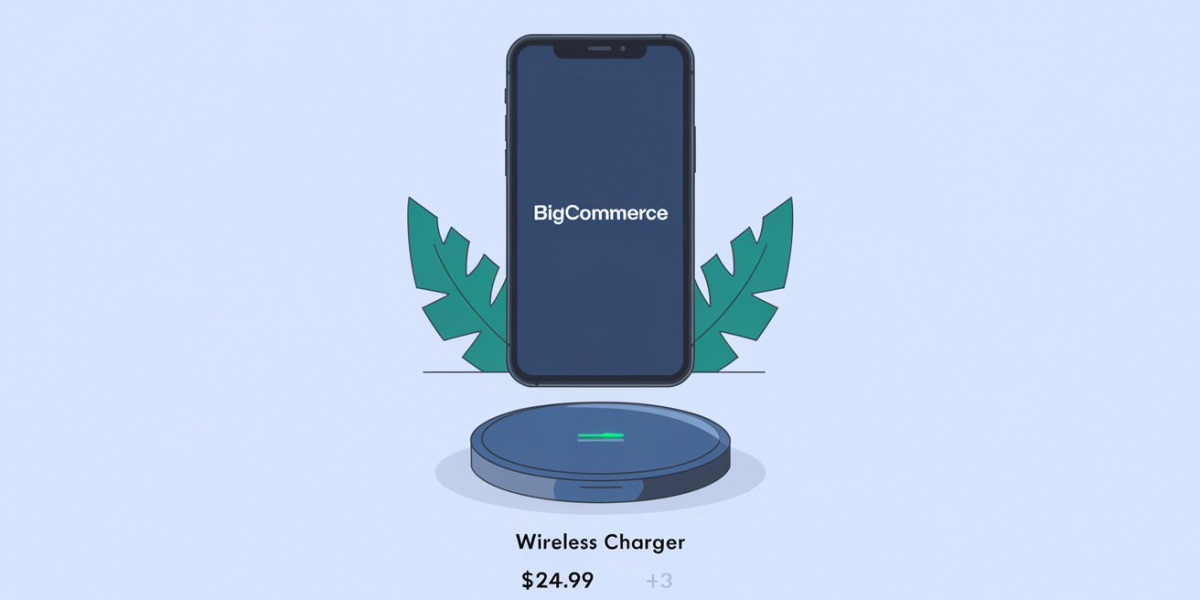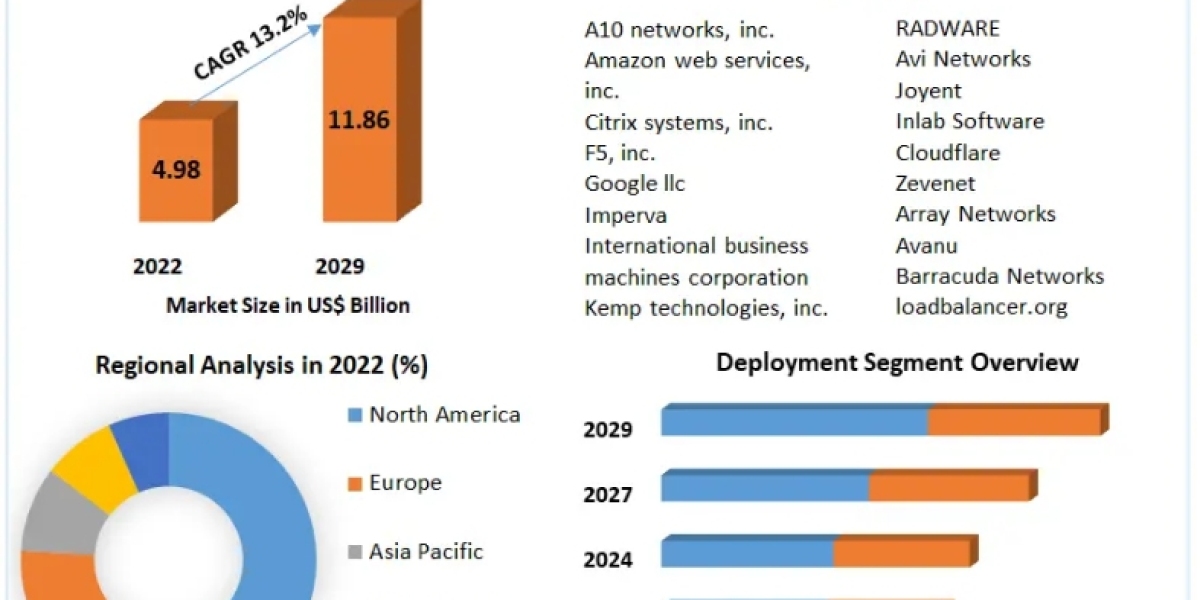Product pages are the lifeblood of any e-commerce store, serving as the final point where potential buyers decide whether to complete a purchase. On BigCommerce, an optimized and engaging product page can be the difference between a conversion and a lost sale. In this guide, we’ll walk through the key elements that can help you craft product pages that drive sales while providing a seamless customer experience on your BigCommerce store.
Why Optimizing Product Pages Matters
Customers make decisions quickly when browsing online. Research shows that 75% of customers base their judgment of a store’s credibility on its design, and product pages are central to that. If your product pages are unclear, cluttered, or lacking essential information, potential buyers may leave without completing a purchase. By focusing on building an engaging, high-converting product page, you can significantly increase sales and customer satisfaction.
Partnering with a BigCommerce development company can help you create optimized, conversion-driven product pages. These experts specialize in designing clear and compelling layouts, integrating essential e-commerce features, and enhancing user experience. By collaborating with a BigCommerce development company, you can ensure your store delivers the right information at the right time, encouraging customers to complete their purchases.
Key Elements of a High-Converting Product Page
1. Compelling Product Descriptions
The product description plays a critical role in influencing purchasing decisions. It must not only describe the product but also communicate the value it offers to the buyer.
- Be Descriptive and Clear: Use clear, concise language to describe the product’s features and benefits. Avoid vague terms and focus on explaining why your product is better or different than others on the market.
- Highlight Benefits: While features are important, customers often want to know how the product will solve their problems. Focus on what the product can do for them.
- Use Bullet Points: Break down key features into bullet points to make the description easy to scan. Most buyers won’t read large blocks of text, so bullet points help them quickly understand the product.
- Incorporate SEO Keywords Naturally: Use relevant keywords to improve search engine rankings. Avoid keyword stuffing, and make sure the content feels natural and valuable to the user.
2. High-Quality Product Images and Videos
Visual content is crucial for e-commerce product pages. Since customers can’t physically interact with the product, high-quality images and videos serve as the next best thing.
- Multiple High-Resolution Images: Include images of the product from various angles, showing close-ups and details that may be important to the customer.
- Zoom Capability: Enable a zoom feature so users can see the product in greater detail.
- Videos and 360° Views: Videos can demonstrate the product’s use, features, or how it functions in a real-world setting. 360° views allow customers to explore every angle of the product.
- Lifestyle Images: Show the product in use or in real-world scenarios to help customers imagine owning it.
3. Clear Call to Action (CTA)
The “Add to Cart” button is the most crucial element on your product page, and it needs to stand out.
- Make the CTA Stand Out: Use contrasting colors that make the CTA button easy to spot without clashing with your overall design. Common colors like green, orange, or blue tend to perform well.
- Action-Oriented Language: Use action words like "Buy Now," "Add to Cart," or "Get Yours Today" to create urgency and encourage the customer to complete the purchase.
- Easy Navigation to Cart: Ensure that once a product is added to the cart, the user has an easy pathway to checkout without confusion.
4. Customer Reviews and Ratings
Social proof in the form of reviews and ratings can significantly influence purchasing decisions. Customers often trust reviews from previous buyers more than product descriptions.
- Enable Product Reviews: Include an option for verified customers to leave reviews. Be transparent with both positive and negative feedback. A few negative reviews add credibility to the positive ones.
- Aggregate Ratings: Display an overall star rating for your product to provide at-a-glance feedback to customers.
- Respond to Reviews: Show potential buyers that you care about their feedback by responding to reviews, especially negative ones. It shows that you’re willing to improve your products and address customer concerns.
5. Pricing Transparency and Discounts
Customers need to know exactly what they’re paying for. If your pricing isn’t clear or transparent, it may lead to abandoned carts.
- Highlight Discounts or Sales: If your product is on sale, show both the original price and the discounted price clearly. Use price tags or badges to make the discount more visible.
- Offer Price Matching or Guarantees: If applicable, mention any price matching policies or guarantees to build trust and convince the buyer they are getting the best deal.
6. Stock Availability and Urgency Tactics
Displaying stock levels or using urgency tactics can help motivate customers to complete their purchases before missing out.
- Show Stock Availability: Display the number of items left in stock if the count is low. For example, “Only 5 left in stock!” can prompt buyers to act quickly.
- Create Urgency: Use tactics like countdown timers or phrases like “Limited Time Offer” or “Ships Today” to instill a sense of urgency and drive faster purchasing decisions.
7. Shipping Information and Delivery Time
One of the main reasons customers abandon their carts is unexpected shipping costs or delays. Clear, upfront information about shipping is crucial.
- Provide Clear Shipping Costs: Show the shipping costs on the product page, or offer free shipping when applicable.
- Estimated Delivery Time: Include an estimated delivery date so customers know when they can expect their order. This is particularly important for time-sensitive purchases.
- Return Policy: Clearly display your return policy on the product page. Customers are more likely to buy when they know they can easily return a product if necessary.
8. Mobile Optimization
More consumers are shopping via mobile devices than ever before, so optimizing your BigCommerce product pages for mobile users is critical.
- Responsive Design: Ensure your product pages are fully responsive and provide a seamless experience on both desktop and mobile devices.
- Streamlined Checkout: Reduce the number of steps and fields required during the checkout process to simplify the purchase experience for mobile users.
9. Related Products and Upselling
Maximize your average order value by displaying related products or upselling additional items that complement the customer’s current selection.
- Related Products: Show a section of products that are frequently bought together or that complement the product the customer is viewing.
- Upsell with Premium Versions: Offer higher-end versions of the product as an upsell option. For example, if a customer is viewing a basic model, suggest a more premium version with added features.
Advanced Tips for BigCommerce Product Pages
1. Structured Data for Rich Snippets
Use structured data (schema markup) on your product pages to enhance your search engine listings. Rich snippets can display product reviews, ratings, pricing, and availability directly in search engine results, increasing click-through rates.
2. Fast Page Load Times
Speed is critical for e-commerce success. If your product page takes too long to load, customers will leave before making a purchase. Use tools like Google PageSpeed Insights to optimize your BigCommerce store for faster load times, including image compression, lazy loading, and optimized code.
3. A/B Testing
Continuously test different elements of your product pages, such as CTA button colors, descriptions, or images, to find the combination that generates the most sales. Use tools like Google Optimize or Optimizely to run A/B tests and make data-driven decisions.
Conclusion
Crafting engaging BigCommerce product pages that drive sales requires a combination of clear communication, strong visual elements, and customer-centric features. By focusing on high-quality product descriptions, compelling imagery, a seamless user experience, and leveraging social proof, you can turn potential visitors into paying customers. Keep optimizing your product pages through data-driven strategies and user feedback to ensure long-term success.
For expert assistance in maximizing your store's potential, consider hiring BigCommerce developers. These professionals can help you fine-tune your product pages, integrate advanced features, and ensure your e-commerce platform performs optimally. By hiring BigCommerce developers, you can focus on growing your business while they handle the technical aspects, boosting conversions and enhancing user experience.









